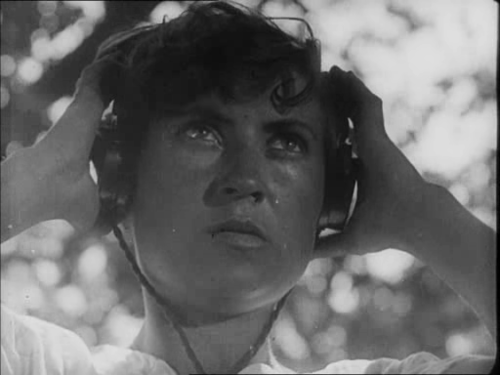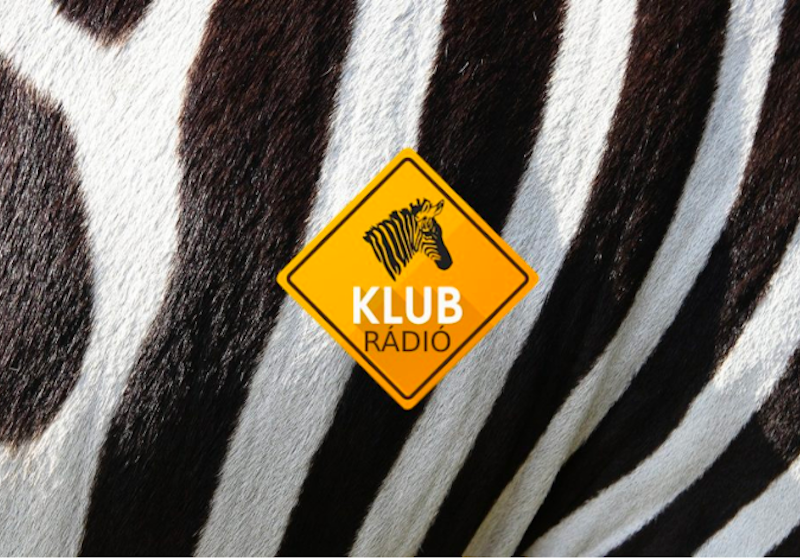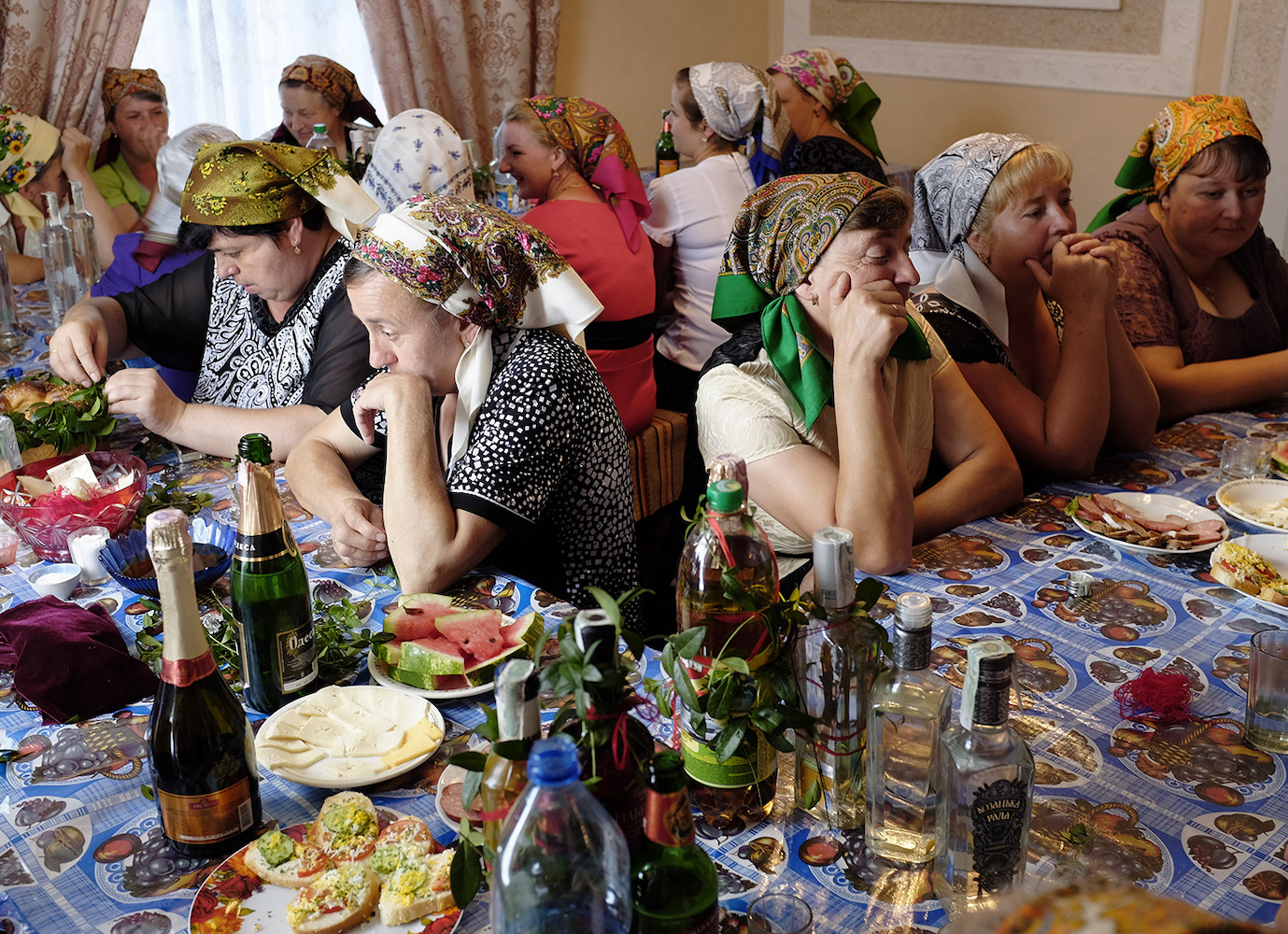Tīrkultūra: the Latvian radio station broadcasting non-stop sound art
Based in a public, perspex-walled studio, Tīrkultūra hopes to unite Riga's artistic community. By capturing the city's diverse soundscape, they seek to push back boundaries, and promote an art form which appeals to everyone.
Tuning into Riga-based radio station Tīrkultūra is like rolling a dice. Listeners could be greeted with anything from spoken-word poetry to experimental sound collages. There are interviews, live gigs, and sets from local DJs playing everything from drone to classical music. “The idea is to inject something different into the sound scenery of Riga. We want to mess things up a bit,” says musician and sound artist Reinis Semēvics, who runs the station alongside fashion designer Rolands Peterkops. “Morning broadcasts are dreamier,” explains Peterkops. “In the evening we go more into art, and experimental songs. In this way we combine unexpected playlists together.”
For the duo, collaboration with the city’s creatives is key. Last autumn, the team was invited to put together an audiovisual installation in Riga’s Alma gallery, which involved constructing a broadcast booth within the space. Now, it remains the station’s headquarters, with local artists, writers, poets, and musicians dropping by for interviews, and performances. “The goal is to have an audio platform where you can hear the best of what’s going on in Riga; what kind of writers, DJs, or musicians are living here,” says Peterkops. “In every big city, there’s community radio. But we’ve never had such a thing in Latvia. So that was a kind of inspiration for the project. We wanted to spread the message to the local community that it’s a platform where they can come, and play.”
As audio fanatics themselves, Semēvics and Peterkops spend much of their spare time creating experimental field recordings for broadcast. It’s a hobby that sees them heading to galleries with microphones to pick up the ambient sounds of artworks or wandering the city, recording the noises of everyday life in Riga. “We’ve been exploring in our broadcasts how different seasons have different sounds,” says Peterkops. “When you walk around in springtime, autumn, or winter, there are totally different noises.”
But Peterkops says that the pair “never wanted the station just to be about the two of us. Keen to expand, the duo have brought on board Riga-based sound technician and DJ Michael Holland, to produce new content and pull together a pool of guest curators for Tīrkultūra shows. Today, Tīrkultūra’s listenership reaches far beyond Riga, with a growing fanbase in Switzerland, the Czech Republic, and France.
Tīrkultūra started life in 2015 as a radio show on one of Latvia’s main commercial stations, put together by Peterkops and friend Jānis Šipkēvics (a successful Latvian pop musician). A year into the project, however, they were booted off the air when the station decided their broadcasts were too niche. “Most radio stations are pretty scared of playing music which is not straight away understandable,” says Peterkops.
Luckily, they were soon picked up by national broadcaster Latvijas Radio 3, a classical music station where they still have a weekly show that reaches some 10,000 listeners. Sipkevics left the project to focus on his own musical ambitions and in 2020 Peterkops and Semēvics decided to turn the show into a round-the-clock online streaming platform. “The idea was that it would be less like a radio station and more like a gallery,” says Peterkops. “We saw it as a channel to combine art, noise, sound experiments, and music.” Today, the station runs 24/7 without interruption from advertisements; running costs are covered by a modest grant from the Latvian Cultural Foundation.
That support means that Tīrkultūra no longer have to shy away from the complex or the challenging, and the station now puts great emphasis on bringing their audience together physically, in a bid to push boundaries with interdisciplinary events. In 2019, they organised a series of concerts called White Wall Sessions at Riga’s Koncertzales Cesis, with a lineup that included US singer Kelsey Lu.
Performances were designed to offer audiences “a visual story of sound”, with musicians staged on a white gallery backdrop in order to blur the lines between music and visual art. “We wanted to create a conversation between classical and contemporary music,” says Peterkops. “We wanted to present the complexities of creating electronic music to people who don’t listen to contemporary music, and create a dialogue with electronic musicians who think classical musicians are too conservative.”
Yet while this kind of experimental sound art may still be niche, Peterkops and Semēvics are both seeing a jump in popularity. According to the duo, an increasing number of visual artists are beginning to recognise the value of adding audio elements to their work. “It’s exciting right now,” says Semēvics, who teaches sound composition at the Academy in Riga. “Artists are thinking a lot more about sound now. The interest is becoming bigger and bigger. I think in the not-so-distant future there will be a lot of interesting new sound artists emerging.”


